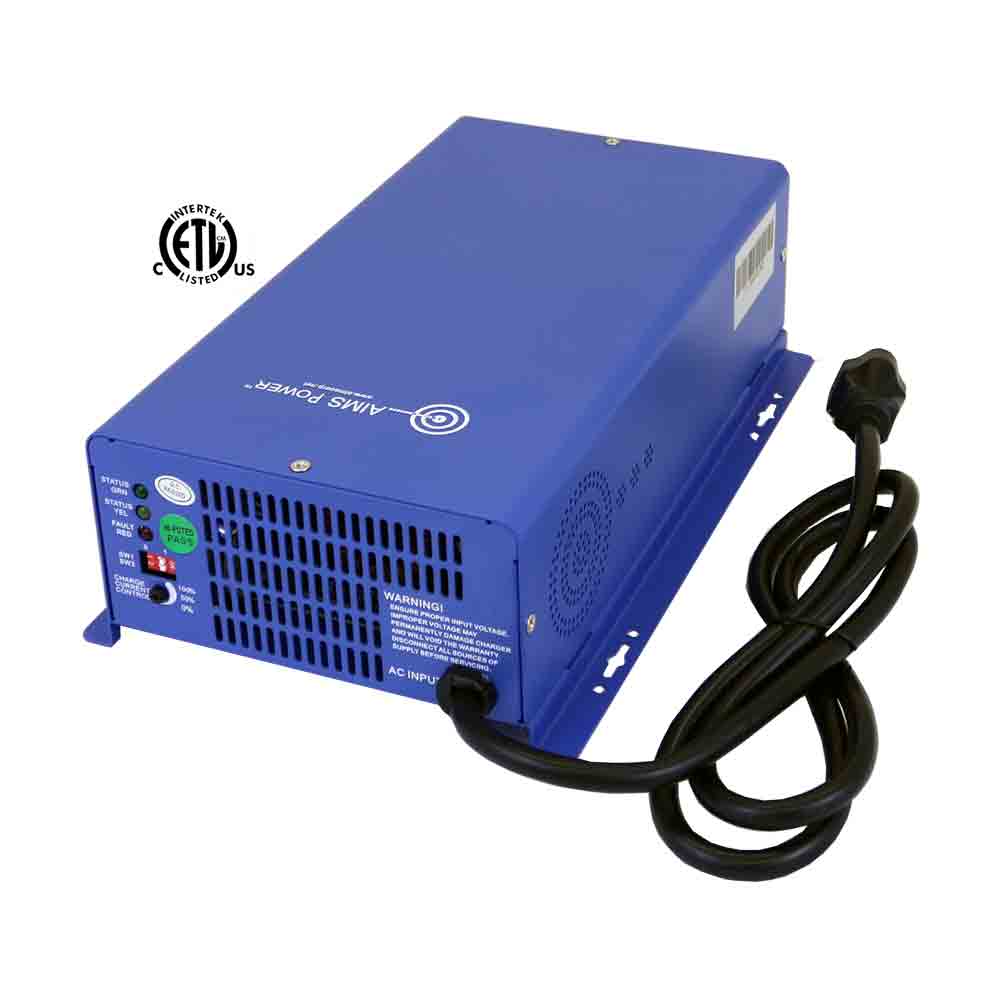I am converting from LA to Lifepo4. Have determined I can fit 8 - EVE230 cells with BMS in my battery cavity beneath my steps. I was originally going to build two 12v. batteries and wire them in parallel like my original LA configuration. But, I am reconsidering using all 8 cells together and making a 4S2P battery which produces 12v. (I hope I said that correctly.) I am considering using a 4S 12v. Overkill BMS to monitor all 8 cells.
I will have 3 - 215 watt Hightec solar panels mounted on my roof wired in parallel (I think) due to some possible shading. I will stay with my 1000 watt stock inverter for now but may upgrade later to a 2 or 3K unit. I need to add an MPPT controller and upgrade my stock charge converter.
This is all new to me but I am constantly reading the posts on this forum and have tried to learn and research as much as possible.
I hope some of you may be able to make suggestions as to specific items I might want to look at. At this point I have only purchased my panels but have been communicating with Amy at Docan regarding the purchase of my cells. I still need to purchase a solar controller, the BMS, charge converter, etc. Thank you for any and all suggestions......Steve
I will have 3 - 215 watt Hightec solar panels mounted on my roof wired in parallel (I think) due to some possible shading. I will stay with my 1000 watt stock inverter for now but may upgrade later to a 2 or 3K unit. I need to add an MPPT controller and upgrade my stock charge converter.
This is all new to me but I am constantly reading the posts on this forum and have tried to learn and research as much as possible.
I hope some of you may be able to make suggestions as to specific items I might want to look at. At this point I have only purchased my panels but have been communicating with Amy at Docan regarding the purchase of my cells. I still need to purchase a solar controller, the BMS, charge converter, etc. Thank you for any and all suggestions......Steve





